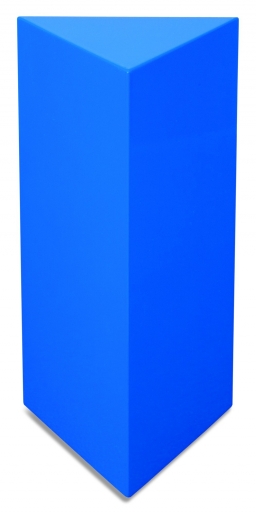Base of prism
The base of the perpendicular prism is a rectangular triangle whose legs lengths are at a 3:4 ratio. The height of the prism is 2cm smaller than the larger base leg. Determine the volume of the prism if its surface is 468 cm2.
Final Answer:

Tips for related online calculators
See also our right triangle calculator.
Tip: Our volume units converter will help you convert volume units.
See also our trigonometric triangle calculator.
Tip: Our volume units converter will help you convert volume units.
See also our trigonometric triangle calculator.
You need to know the following knowledge to solve this word math problem:
algebrasolid geometryplanimetricsUnits of physical quantitiesGrade of the word problem
Related math problems and questions:
- Perpendicular prism
 Calculate the volume of the vertical prism if its height is 60.8 cm and the base is a rectangular triangle with 40.4 cm and 43 cm legs.
Calculate the volume of the vertical prism if its height is 60.8 cm and the base is a rectangular triangle with 40.4 cm and 43 cm legs. - Perpendicular 3482
 The lengths of the base legs are 7.2 cm and 4.7 cm, and the height of the prism is 24 cm. Calculate the volume and surface of a triangular perpendicular prism with the base of a right triangle.
The lengths of the base legs are 7.2 cm and 4.7 cm, and the height of the prism is 24 cm. Calculate the volume and surface of a triangular perpendicular prism with the base of a right triangle. - Triangular prism
 The base of the perpendicular triangular prism is a right triangle with a leg length of 5 cm. The area of the largest sidewall of its surface is 130 cm², and the body's height is 10 cm. Calculate its volume.
The base of the perpendicular triangular prism is a right triangle with a leg length of 5 cm. The area of the largest sidewall of its surface is 130 cm², and the body's height is 10 cm. Calculate its volume. - Triangular prism
 The base of the perpendicular triangular prism is a rectangular triangle with a hypotenuse of 10 cm and one leg of 8 cm. The prism height is 75% of the perimeter of the base. Calculate the volume and surface of the prism.
The base of the perpendicular triangular prism is a rectangular triangle with a hypotenuse of 10 cm and one leg of 8 cm. The prism height is 75% of the perimeter of the base. Calculate the volume and surface of the prism. - Triangle and Cone
 A right triangle has legs 3 cm and 4 cm long. One cone (let's call it A) was created by rotating this triangle around the long leg, and the other (let's call it B) by rotating it around the shorter leg. Which cone has: a) a larger volume b) a smaller surf
A right triangle has legs 3 cm and 4 cm long. One cone (let's call it A) was created by rotating this triangle around the long leg, and the other (let's call it B) by rotating it around the shorter leg. Which cone has: a) a larger volume b) a smaller surf - Right-angled triangle base
 Find the volume and surface area of a triangular prism with a right-angled triangle base if the length of the prism base legs are 7.2 cm and 4.7 cm and the height of the prism is 24 cm.
Find the volume and surface area of a triangular prism with a right-angled triangle base if the length of the prism base legs are 7.2 cm and 4.7 cm and the height of the prism is 24 cm. - Perpendicular 82488
 For the volumes of a perpendicular prism and a pyramid with the same base and height: A) the volumes are equal B) the volume of a pyramid is three times smaller than the volume of a prism C) the ratio of the volumes of the prism and the pyramid is 1:3 D)
For the volumes of a perpendicular prism and a pyramid with the same base and height: A) the volumes are equal B) the volume of a pyramid is three times smaller than the volume of a prism C) the ratio of the volumes of the prism and the pyramid is 1:3 D)
